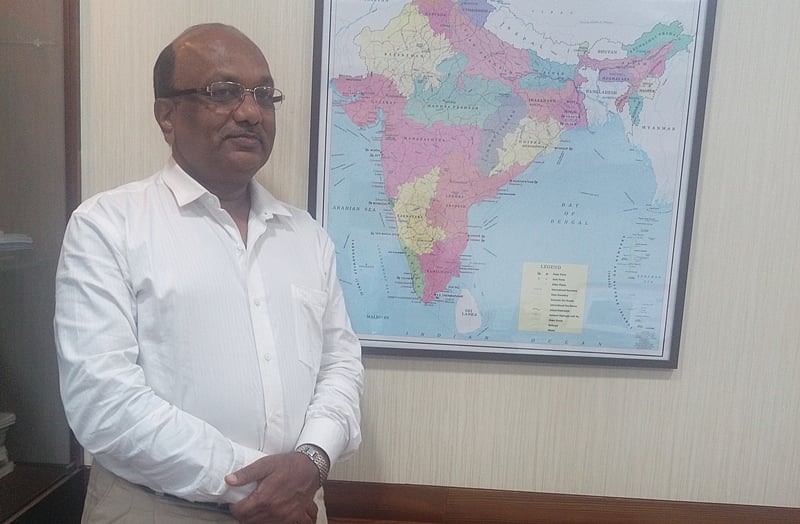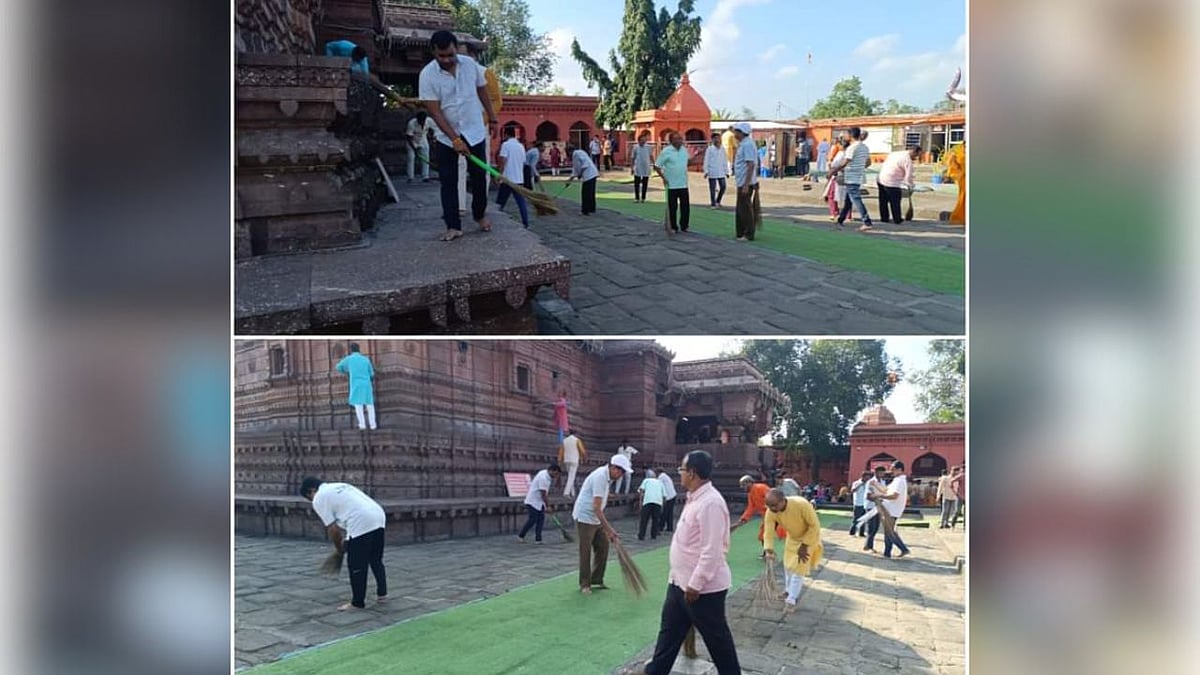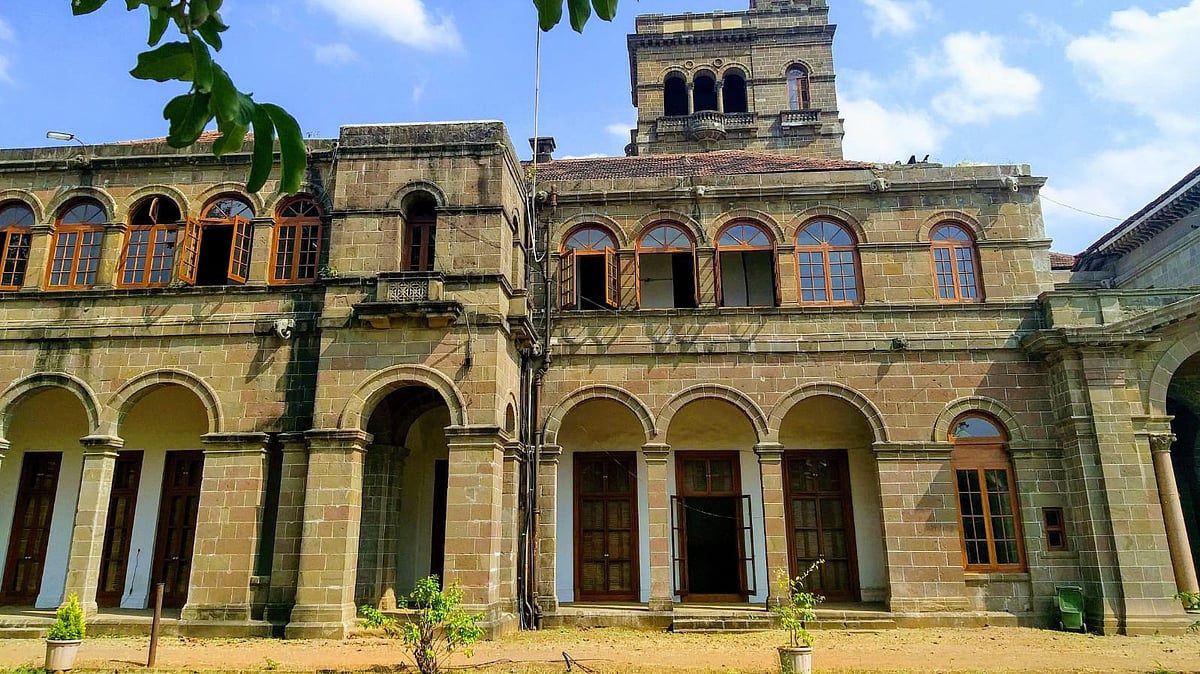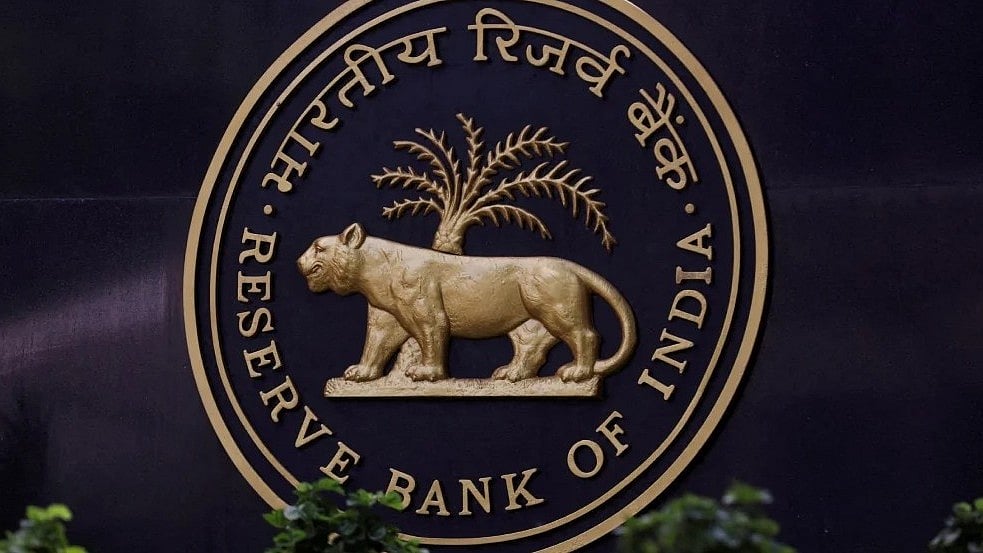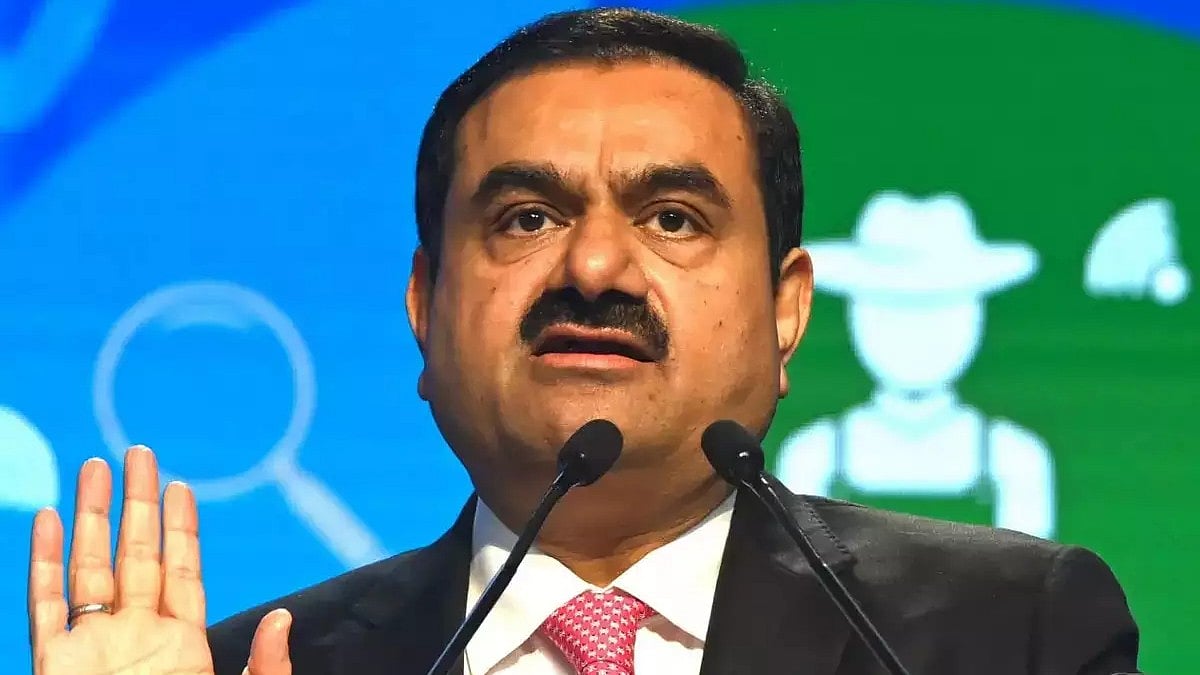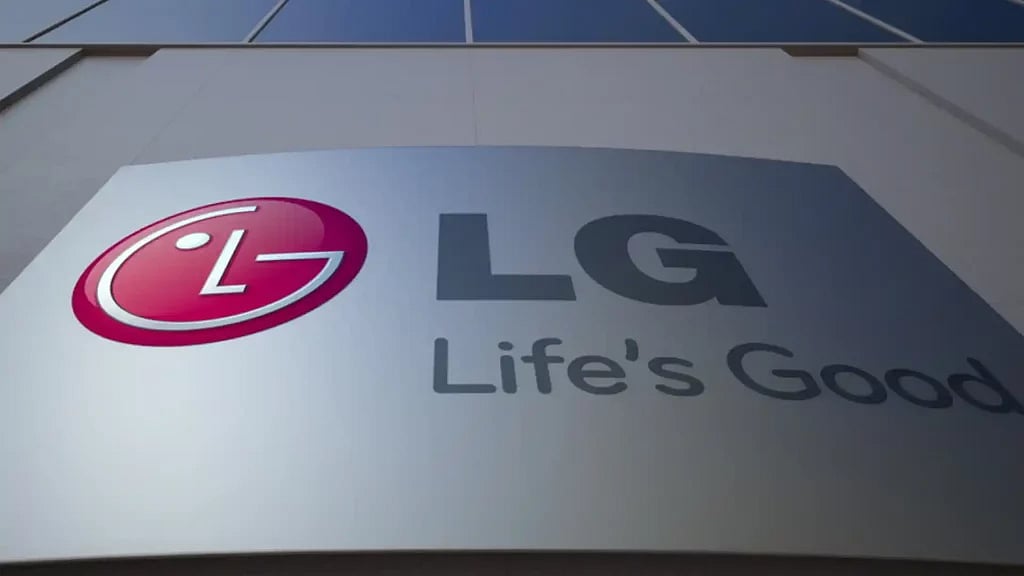Last-mile connectivity is an important part of the port ecosystem and it is precisely for this function that the Indian Port Rail Corporation (IPRCL) has been formed. In its third year of operations, the company with a unique mandate has many challenges and opportunities. Anoop Kumar Agrawal, MD, discusses the strategic relevance and constraints of his organisation in a chat with R N Bhaskar and Pankaj Joshi
How has the mandate of IPRCL panned out on the ground?
In terms of activity, we are today catering to (minor) ports beyond the major ports, which is the actual deep fulfilment of our mandate. As far as the support for the realisation of our mandate – providing last-mile railway connectivity to the ports – is concerned, we must say that our satisfaction level is high, say 9 out of 10. The gap, which is an operational hindrance, is due to the lack of skilled manpower. Railway and port manpower expertise is not easily available. Today, we do not get decent response for the job advertisements that we put, let alone personal interview level.
The fact is that these sectors have not been opened up to private participation since Independence. However, there is some limited participation permitted for private players in port, but in case of railways, the participation is negligible. The ports sector opened up a decade back, but overall if you look at the requirements of manpower (in terms of both skilled and experience) there is a severe shortage. On the railways’ (railway lines used for last-mile connectivity) side, there is severely limited private participation. Paucity of private sector participation also means that there is lack of training institutes. In the ports’ side, private players first recruit and then train as per their required job specifications. If you look at the railway logistics in the port context beyond maintenance – automation, modernisation – we really do not have people. We need competence in signalling track technology, electrification and all this is needed on ground for the last mile, so no equipment provider can bridge the gap. For a specific site in Orissa, we are struggling to get people for the last one year.
What according to you can be a solution?
If you look nationwide, the Railways ministry and organisation would be the largest talent bank, but with the level of accountability and job security, hardly anyone would want to shift to an organisation like ours. Plus the Railways too are on a growth trajectory – three years ago their new project spending was around Rs 20,000 crore and now that has grown to Rs 50,000 crore. Hence people in the railways also have growth opportunities. There is a lacunae on the training institution and that is a constraint. In the context of railway operations in ports which is still such a specialised niche skill that overseas, in all major ports, it is railway organisations which attend to this activity. This is just to tell you what kind of specialised skills are needed for this function.
You may be aware that L&T which has a separate railway business vertical, has opened an institute in Chennai some years ago to train 400-500 engineers specifically for railway projects. From our side, we plan to set up training facilities in the next two-three years. In the interim, we have tied up with railway training institutes, wherein we take their pre-approved slots for our candidates and their faculty. Here also you must appreciate that a good part of their training programmes are for experienced workforce, those with five-seven years’ of experience. Our recruitment focus is not on freshers but with those having minimum three years experience in railway PSUs or the handful of private players. Our institute would include practical experience apart from the tutoring.
What kind of work visibility do you see for IPRCL in the immediate future?
In terms of a narrow mandate, we are one vertical of the Sagarmala programme, namely the connectivity segment. Now we may start with specific railway connectivity, but often we go beyond to road connectivity as planned and those contracts may fructify soon. If you ask me about taking over maintenance of railway infrastructure, we are in the process of finalising the same arrangement at Mumbai Port and may implement the same in the next one year. Only here the constraint is that the state of the current infrastructure necessitates repairs and we would take those maintenance contracts only after their repairs and upgradation. In the next five years, I confidently aver that we would have more of such arrangements.
Despite our manpower constraints, we are working on projects simultaneously. We have to have a local presence in our business, so for Kandla, we have a small site office and another regional set up in Ahmedabad. We would scale up as and when the manpower needs are met – there is no other constraint. Take for instance our MoU with Chhara port for a 16 kilometres (kms) rail track. This port is 50 kms from Somnath in Gujarat and a private player has got a 30-year concession. Likewise, there are discussions on with the Karaikal port which again may fructify into significant assignments, because the port is extremely well placed in terms of service distance across adjoining ports, as well as an industrial catchment area.
How does the capital outlay per km look like currently?
Earlier, a benchmark of Rs 10 crore per km would serve a purpose. Today, given that a rail project involves tunnelling and river crossing, the scale would go up. Another consideration is the land acquisition cost which is now much bigger. Today, with the current requirements, a km of track would necessitate around 60 acres of land which in itself means Rs 10-12 crore on an average and that would by itself double the cost. The new regulations stipulate that there would be no level crossings, which would mean enhancement in embankment cost. Another cost aspect which is neglected is the interest during construction.
This is a vital element and in Indian conditions it is often more than required. Overseas, for a seven-year project there are around four years of study and planning, and then the serious expense starts which would be done with by the end of the sixth year. Here we get into tendering earlier than necessary which raises the interest outgo. So, I would look at a standard of Rs 25-27 crore per km in the current circumstances. Against this, we must consider that track doubling in future would be done without the additional land cost.


